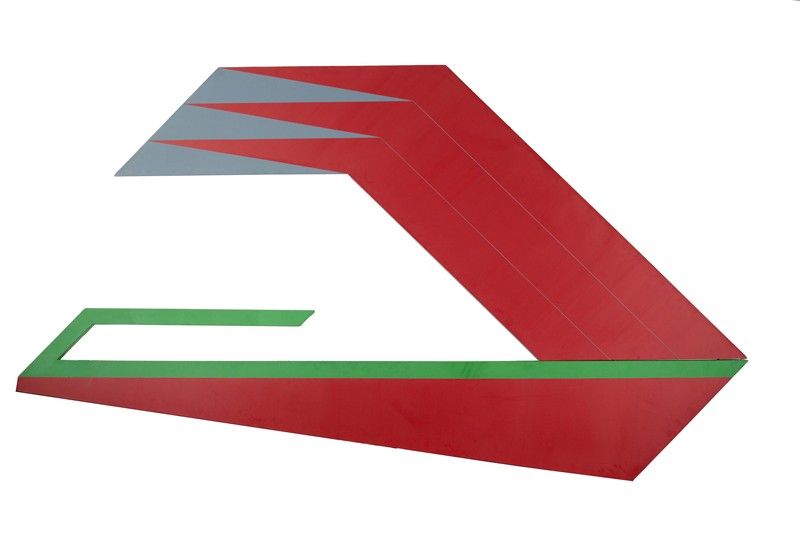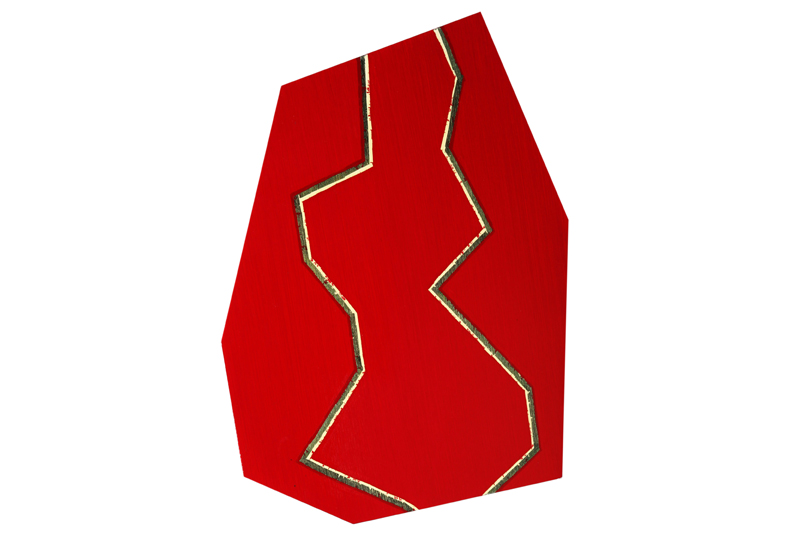Leo Valledor: From fractured past to mastery of Minimalism

MANILA, Philippines — Leo Valledor, a key figure in the New York art scene of the 1960s, headlines the León Gallery exhibition at Art Fair Philippines which runs from Friday, Feb. 21 to Sunday, Feb. 23 at Booth 44, Level 6 of The Link, Ayala Center, Makati.
Valledor could easily have been a character straight out of the mystery-thriller about California life, L.A. Confidential. His mother ran card games out of her house and would eventually be shot (and subsequently die) for her trouble. His father, on the other hand, “followed the crops up and down the coast” but his primary occupation was being “a playboy.” That father would disappear for long spells, finally abandoning his family for good when Leo was just a child. Valledor would thus be orphaned at age 12 and would essentially raise himself.
The San Francisco where Leo grew up was in the Fillmore district which was seething with jive and jazz clubs. In a series of interviews for the Archives of American Art of the Smithsonian Institution, his cousin and fellow artist, Carlos Villa, would describe their neighborhood as “a ghetto within another ghetto within a metropolis.”
The Filipinos of the area belonged to an association called the Native Sons of Lapog. Lapog was a small town in Ilocos Sur, the Philippine province from where many of the first wave of migrants came.

By all accounts, Valledor had a fractured background, an Asian heritage that had an uncanny command of the English language and a grasp of stateside culture, thanks to his parents’ American colonial teachers. Additionally, he would have a coming of age in an atmosphere of African-American “zoot suits” and the lifestyle of the Mexican rasquache (or low-rider culture.)
Valledor would receive a scholarship for the California School of Fine Arts — which opened an entirely new world for him and would eventually lead him to New York City. He would declare that he had fallen in love with abstract art.
In “Reimagining Space: The Park Place Gallery Group in 1960s New York,” Linda Dalrymple Henderson would write, “To understand the history of a gallery as unprecedented as Park Place, one must look first at California, where the majority of its members attended art school and met each other.
“In addition to the central figure Mark Di Suvero, who was enrolled at UC Berkeley, the Park Place founders were students at the California School of Fine Arts (now the San Francisco Art Institute).

“Crucial to the experience of the Park Place founders was their active involvement in the communal Six Gallery.
“Legendary as the location of Allen Ginsberg’s first reading of his poem ‘Howl’ in 1955, the Six Gallery was a center of artistic experimentation in which painting and sculpture mixed freely with music, poetry and film,” said Henderson.
The collaborative and inter-disciplinary spirit of the Six was carried to New York by Peter Forakis, Fleming, and Valledor.
Valledor was a key piece in the puzzle. As a founding member of the Park Place group, he brought with him his formative experiences in the melting-pot “ghettos” of San Francisco’s Fillmore, where he would be imprinted with an atmosphere of art, painting, poetry, and music. This was further reinforced by the communal nature not just of the Six Gallery, but also of his Filipino background.
Park Place would become an address from which alliances and creativity would flow. Villa would remember, “Park Place was a loft building down in Tribeca, and it was on one of the streets that one of the Twin Towers was built. And at Park Place, they had a $35 a month rent, So I had a loft as soon as I got there to New York. I was connected.”
Valledor would eventually return to his native California where he would continue to produce his avant-garde art.
Five of Leo Valledor’s works are in the permanent collection of the San Francisco Museum of Modern Art (SFMOMA). In 2019, The Whitney Museum of American Art, New York acquired two paintings by Leo Valledor for its permanent collection: “Odelight” and “Serena,” both from the year 1964, both acrylic on canvas and each measuring 35 15/16 x 109 1/2 inches. They were a generous gift from Valledor’s fellow Park Place founder, the sculptor Mark di Suvero.
Leo Valledor is regarded as a pioneer of the Minimalism movement that would dominate the landscape throughout the 1970s.



















